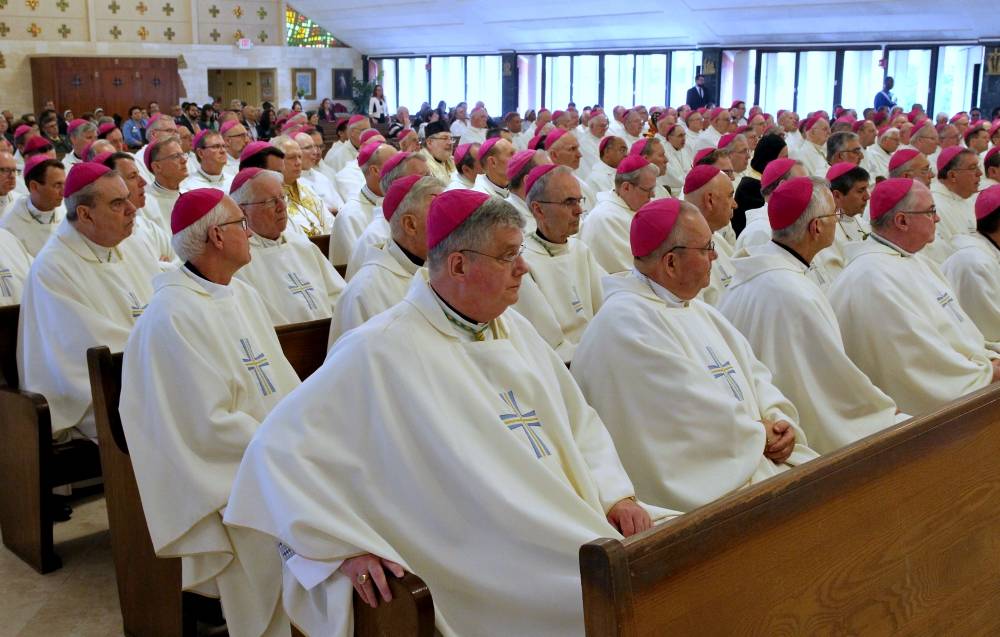THE
GOOD SHEPHERD: JESUS' COMPASSIONATE CARE AND GUIDANCE IN CATHOLIC TEACHING
The Good Shepherd is a title given to Jesus Christ in the
Catholic Church. It is a metaphorical representation of Jesus as the one who
lovingly cares for and guides his flock of believers.
The metaphor of the Good Shepherd originates from the Old
Testament, where God is often depicted as a shepherd caring for his people. In
the book of Psalms, it is written, "The Lord is my shepherd; I shall not
want" (Psalm 23:1). This metaphor is carried over into the New Testament,
where Jesus describes himself as the Good Shepherd who lays down his life for
his sheep (John 10:11).
The Catholic Church teaches that Jesus is the Good Shepherd
because he embodies the qualities of a good shepherd, such as compassion,
selflessness, and guidance. Jesus cares for his flock, seeking out those who
are lost and leading them back to safety. He is willing to sacrifice himself
for his flock, as seen in his crucifixion and resurrection. He also guides his
flock, showing them the way to eternal life and salvation.
The Good Shepherd is an important metaphor for the Catholic
Church because it represents the intimate and loving relationship between Jesus
and his followers. The Church sees itself as a flock of believers, with Jesus
as the shepherd who guides and cares for them. The Good Shepherd also serves as
a model for Church leaders, who are called to emulate the qualities of a good
shepherd in their ministry.
In Catholic tradition, the image of the Good Shepherd is
often depicted in artwork and statues, with Jesus holding a lamb in his arms or
surrounded by his flock. This imagery serves as a reminder of Jesus' love and
care for his followers and encourages believers to trust in him as their guide
and protector.
Overall, the Good Shepherd is an important title given to
Jesus Christ in the Catholic Church, representing his loving care and guidance
for his flock of believers.


